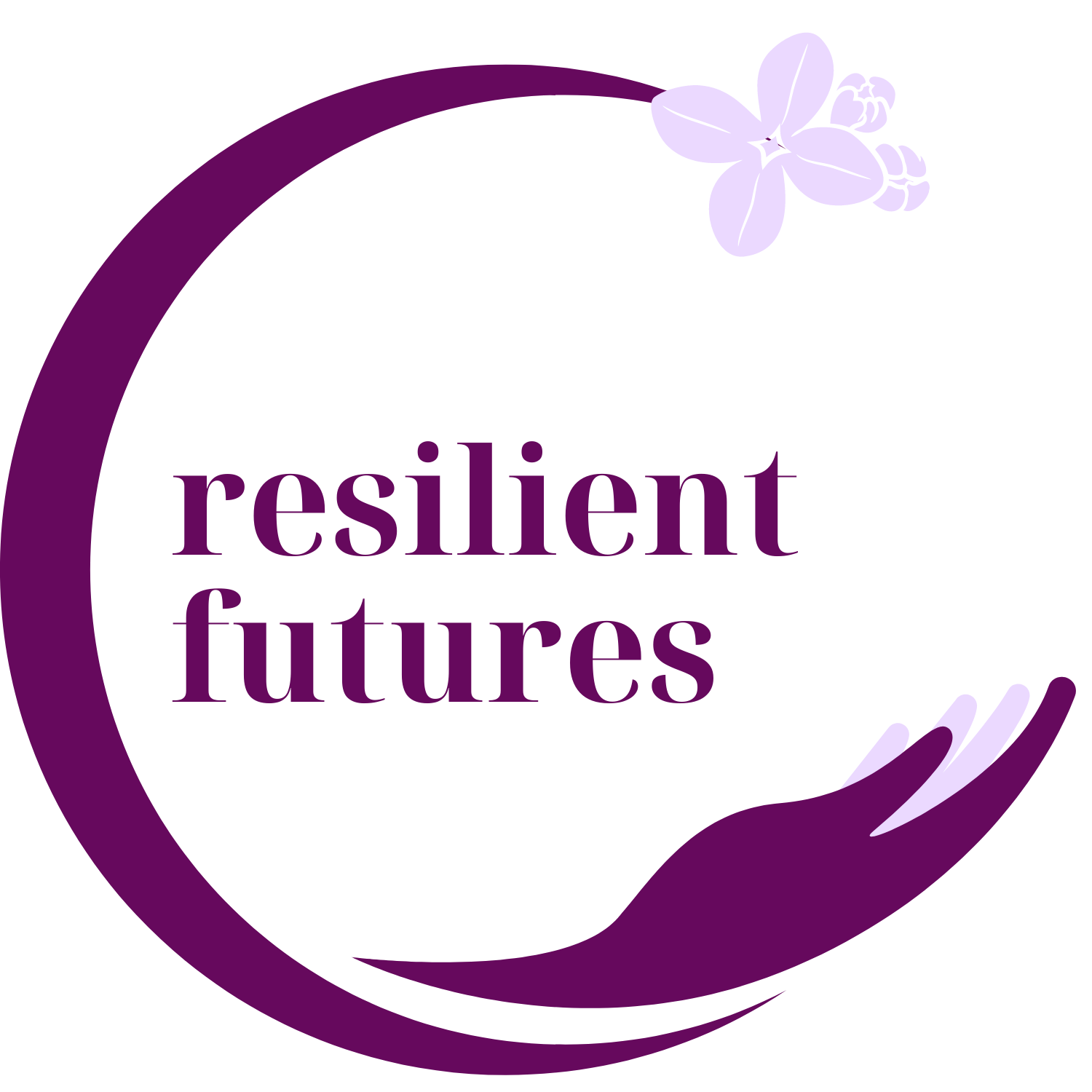How Trauma-Informed Schools Support Students and Families After Natural Disasters
When a natural disaster strikes—the emotional and psychological toll on students and families can last for months, even years. Schools, can be a powerful force in disaster recovery. By implementing trauma-informed practices, Educators and school staff can help students process their emotions, and build resilience in the wake of crisis.
Sign up to read this post
Join Now
